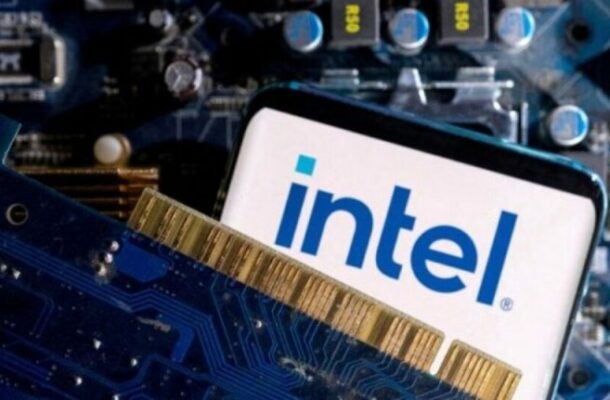Explore China's latest move to ban Intel and AMD processors, along with Windows OS, for government computers, as part of a broader strategy to promote domestic technology solutions. Delve into the potential financial impact on these tech giants and the geopolitical implications of this policy shift.
Introduction: China's tech landscape is witnessing a seismic shift as the government implements new regulations aimed at reshaping the usage of foreign processors and operating systems. The decision to ban Intel and AMD processors, alongside Microsoft Windows OS, for government computers underscores China's strategic push towards promoting indigenous technology solutions. As tensions simmer between global tech giants and geopolitical powers, the ramifications of China's bold move reverberate across the tech industry, heralding a new era of competition and innovation.
Ensuring "Secure and Reliable" Computing: China's Regulatory Overhaul
In a bid to bolster cybersecurity and enhance national sovereignty, China has mandated that all government agencies above the city level equip their computers and servers with hardware deemed "secure and reliable." This directive effectively sidelines American processors from Intel and AMD in favor of domestically developed alternatives. Huawei and Phytium emerge as frontrunners in China's quest for self-reliance, despite facing restrictions in the US. By prioritizing indigenous solutions, China aims to mitigate reliance on foreign technology and assert greater control over its digital infrastructure.
Implications for Global Tech Giants: Navigating Financial Turbulence
The ban on Intel and AMD processors poses significant financial ramifications for these tech behemoths, with China serving as a pivotal market for their products. A substantial portion of Intel's sales, totaling $53 billion, originates from China, while AMD generates 15 percent of its $23 billion revenue from the Chinese market. However, the full extent of the ban's impact remains uncertain, as precise figures on government sector usage are yet to be disclosed. Nonetheless, the regulatory overhaul underscores China's resolve to wield its economic influence in shaping the global tech landscape.
Geopolitical Chess: Retaliation and Strategic Maneuvering
China's move to restrict American processors mirrors retaliatory measures in response to US sanctions targeting Chinese tech firms. The ban serves as a reciprocal response to restrictions imposed by the US on Chinese processor manufacturers and Nvidia's limitations on selling AI-related chips in China. As geopolitical tensions escalate, nations vie for technological supremacy, with China positioning itself as a formidable contender in the global tech race. By nurturing homegrown talent and fostering indigenous innovation, China seeks to challenge the dominance of traditional tech powerhouses.
Charting the Future: Paving the Way for Indigenous Innovation
Amidst geopolitical uncertainties and regulatory upheavals, China's tech policy reflects a concerted effort to assert technological sovereignty and drive indigenous innovation. With domestic players such as Huawei, Xiaomi, and Oppo leading the charge in developing proprietary solutions, China charts a course towards self-sufficiency and resilience in the face of external pressures. As the global tech landscape undergoes profound transformation, China's strategic shift heralds a new chapter in the evolution of the digital age, characterized by fierce competition, innovation, and geopolitical maneuvering.


Comments